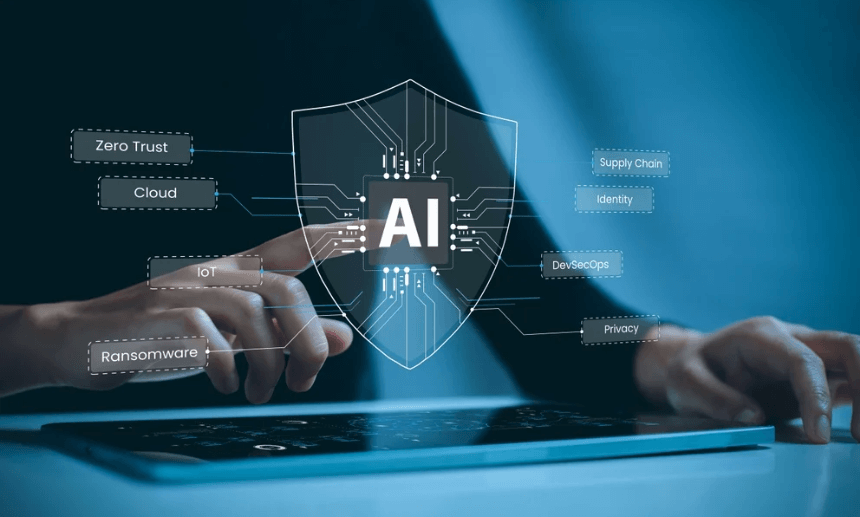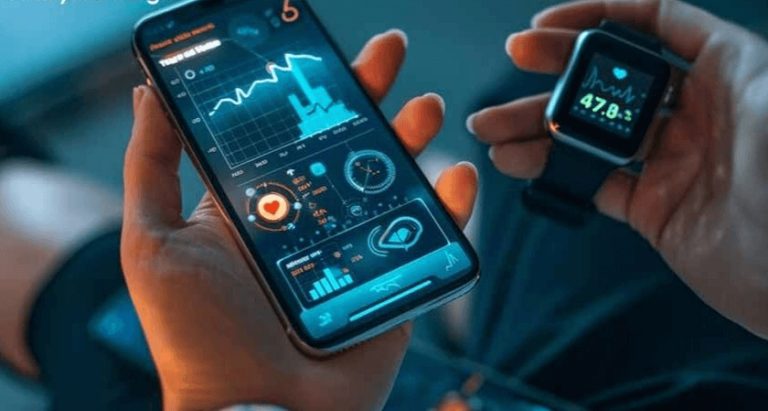Cybercrime and AI: A Double-Edged Sword
Artificial Intelligence (AI) is revolutionizing industries, streamlining workflows, and transforming the way we live and work. From personalized recommendations to automated medical diagnosis, AI has become an indispensable tool. However, like any powerful technology, AI is a double-edged sword—while it strengthens cybersecurity defenses, it also provides cybercriminals with new, advanced ways to launch attacks.
In 2025, the relationship between AI and cybercrime is more complex than ever. Let’s explore how AI is reshaping the cybersecurity landscape, both as a weapon and as a shield.
The Dark Side: How AI Fuels Cybercrime
1. AI-Powered Phishing
Phishing has evolved far beyond generic scam emails.
- Hackers now use AI to generate personalized phishing messages that mimic writing styles and language patterns.
- AI tools analyze a target’s social media activity to create convincing lures.
- Deepfake audio and video impersonations trick employees into approving fraudulent transactions.
Impact: Victims are more likely to fall for realistic, AI-generated scams.
2. Smarter Malware and Ransomware
AI enables malware to become adaptive and stealthy.
- Polymorphic malware changes its code structure automatically to bypass detection.
- Ransomware can now identify high-value files, making attacks more effective.
- AI bots manage attacks in real time, escalating intrusions without human oversight.
Impact: Traditional antivirus tools struggle to detect constantly evolving threats.
3. Automated Hacking Tools
Cybercriminals use AI-driven tools to scale attacks.
- AI scripts automate vulnerability scanning across millions of systems.
- Attackers can quickly identify weak points in enterprise networks.
- “Hacking-as-a-Service” platforms powered by AI lower the barrier for inexperienced criminals.
Impact: Cybercrime becomes more widespread and accessible.
4. Evasion and Anonymity
AI enhances the ability of attackers to stay hidden.
- AI systems learn how to evade intrusion detection systems (IDS).
- Bots adapt behavior to blend into normal network traffic.
- AI-driven anonymization tools make it harder for investigators to trace attacks.
Impact: Longer-lasting intrusions and delayed threat detection.
The Bright Side: AI as a Cybersecurity Ally
1. Threat Detection and Response
AI strengthens security by identifying patterns humans may miss.
- Machine learning models analyze massive data sets to detect anomalies.
- AI-powered systems can recognize zero-day exploits faster than traditional tools.
- Automated responses stop attacks before they spread.
Benefit: Faster identification and containment of threats.
2. Fraud Prevention
AI helps protect consumers and enterprises against financial fraud.
- Real-time monitoring of transactions detects unusual activity.
- AI models identify suspicious login attempts and location mismatches.
- Adaptive authentication challenges suspicious users automatically.
Benefit: Reduced fraud losses and stronger trust in digital platforms.
3. Security Automation
Cybersecurity teams face alert fatigue from thousands of daily notifications.
- AI automates repetitive tasks like log analysis and patch management.
- Intelligent systems prioritize alerts based on risk levels.
- Automation frees up security professionals to focus on complex threats.
Benefit: Stronger defenses with less human burden.
4. Predictive Cybersecurity
AI doesn’t just react to threats—it predicts them.
- Machine learning forecasts attack trends based on past data.
- AI identifies potential vulnerabilities before hackers exploit them.
- Organizations gain proactive security insights.
Benefit: Prevention, rather than just reaction, becomes the norm.
Striking the Balance: Responsible AI Use
The dual nature of AI in cybersecurity makes responsible use crucial. Enterprises, governments, and individuals must:
- Adopt AI-powered defense systems to stay ahead of attackers.
- Regulate AI misuse through stronger cyber laws and policies.
- Educate employees and users to recognize AI-driven scams.
- Promote transparency in AI models to reduce bias and errors.
Conclusion
AI is both a powerful shield and a dangerous weapon in the digital world. On one side, it empowers cybersecurity teams with predictive insights, automated defenses, and fraud prevention. On the other, it arms cybercriminals with smarter phishing schemes, adaptive malware, and large-scale attack tools.
In this double-edged battle, the future of cybersecurity depends on how well organizations harness AI for defense while mitigating its misuse. The ultimate goal is not just to outpace attackers, but to build a digital ecosystem where AI strengthens trust and resilience.



